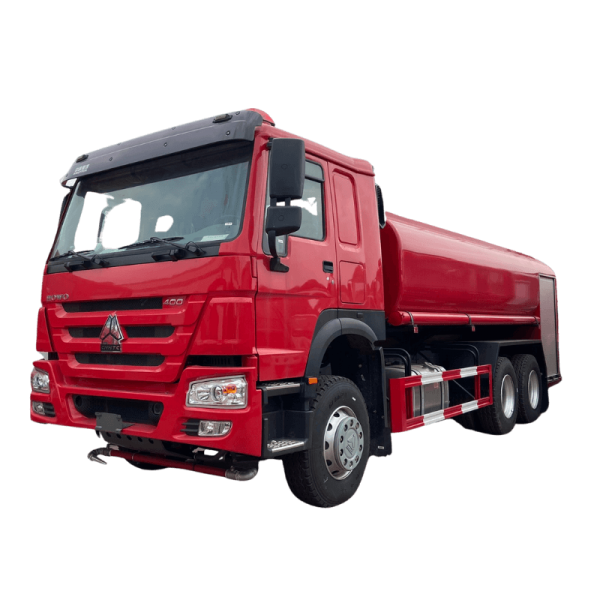Introduction
Garbage compactor trucks play a crucial role in waste management by collecting and compacting trash efficiently. These specialized vehicles come in various sizes and configurations, each equipped with unique features designed to streamline waste collection operations. In this article, we will conduct a comprehensive comparison of the key features of different garbage compactor trucks to help waste management professionals make informed decisions when selecting the most suitable vehicle for their needs.
1. https://www.heli-truck.com/aerial-platform-truck/ of Garbage Compactor Trucks
Before delving into the comparison of features, it is essential to understand the different types of garbage compactor trucks available in the market. The two main categories of compactor trucks are rear-loading and side-loading trucks.
1.1 Rear-Loading Compactor Trucks:
Rear-loading compactor trucks feature a hydraulic-powered compactor mechanism at the rear of the vehicle. These trucks are commonly used for residential waste collection, where bins or containers are emptied into the hopper at the back of the truck. Once the waste is loaded, the compactor mechanism compresses the trash, maximizing the truck's capacity.
1.2 Side-Loading Compactor Trucks:
Side-loading compactor trucks are equipped with a compactor system on the side of the vehicle. These trucks are often used for commercial and industrial waste collection, where dumpsters or containers are lifted and emptied into the compactor. Side-loading trucks offer greater flexibility in terms of maneuverability in narrow streets or alleys.
2. Key Features Comparison
Now, let's compare the key features of garbage compactor trucks to evaluate their performance, efficiency, and suitability for different waste collection applications.
2.1 Capacity:
The capacity of a garbage compactor truck is a critical factor to consider when selecting the right vehicle for waste collection operations. Rear-loading trucks typically have smaller capacities ranging from 10 to 25 cubic yards, making them ideal for residential routes with frequent stops. In contrast, side-loading trucks can accommodate larger volumes of waste, with capacities ranging from 20 to 40 cubic yards, making them suitable for commercial and industrial waste collection.
2.2 Compaction Mechanism:
The compaction mechanism of a garbage compactor truck determines the efficiency of waste compression and the overall payload capacity of the vehicle. Hydraulic compactors are the most common type used in compactor trucks, exerting powerful pressure to compress trash and maximize storage space. Some advanced models feature dual-mode compactors that can adjust the compaction force based on the type of waste being collected, enhancing efficiency and reducing fuel consumption.
2.3 Loading Mechanism:
The loading mechanism of a compactor truck plays a crucial role in the ease and speed of waste collection operations. Rear-loading trucks typically use a hydraulic lift or tipper to empty bins into the hopper, while side-loading trucks employ a mechanical arm or grabber to lift and empty dumpsters into the compactor. Side-loading trucks offer faster loading times and greater autonomy for the driver, as they can operate the loading mechanism from inside the cab.
2.4 Safety Features:
Safety is paramount in waste collection operations, and garbage compactor trucks are equipped with various safety features to protect both the driver and the surrounding environment. Features such as backup cameras, proximity sensors, and audible alarms help prevent accidents and collisions during collection routes. Additionally, some models are equipped with automatic emergency braking systems and stability control to enhance driver control and vehicle stability on uneven terrain.

2.5 Waste Separation and Recycling:
With the increasing focus on sustainable waste management practices, some garbage compactor trucks are equipped with integrated waste separation and recycling systems. These systems allow operators to segregate recyclable materials such as paper, plastic, and glass during collection, reducing the amount of waste sent to landfills. Trucks with recycling capabilities contribute to environmental conservation efforts and promote a circular economy approach to waste management.
2.6 Fuel Efficiency:
Fuel efficiency is a key consideration for waste management companies seeking to reduce operating costs and minimize environmental impact. Garbage compactor trucks with advanced engine technologies, such as hybrid or electric powertrains, offer significant fuel savings and lower emissions compared to traditional diesel-powered vehicles. Additionally, features like idle shutdown systems and aerodynamic design enhancements further improve fuel efficiency and overall operational sustainability.
2.7 Maintenance and Serviceability:
Regular maintenance and timely servicing are essential to ensure the optimal performance and longevity of garbage compactor trucks. Vehicles with user-friendly service access points, diagnostic tools, and remote monitoring capabilities simplify maintenance tasks and help identify potential issues before they escalate. Some manufacturers offer comprehensive maintenance packages and training programs to empower operators and maintenance personnel to maximize the efficiency and reliability of their fleet.
3. Conclusion
In conclusion, garbage compactor trucks are indispensable assets in waste management operations, offering efficient waste collection and compaction capabilities. By comparing the key features of different compactor truck models, waste management professionals can make informed decisions when selecting the most suitable vehicle for their specific needs. Factors such as capacity, compaction mechanism, loading mechanism, safety features, waste separation, fuel efficiency, and maintenance play a crucial role in determining the performance and cost-effectiveness of compactor trucks. Ultimately, investing in high-quality compactor trucks with advanced features can enhance operational efficiency, reduce environmental impact, and contribute to sustainable waste management practices.
